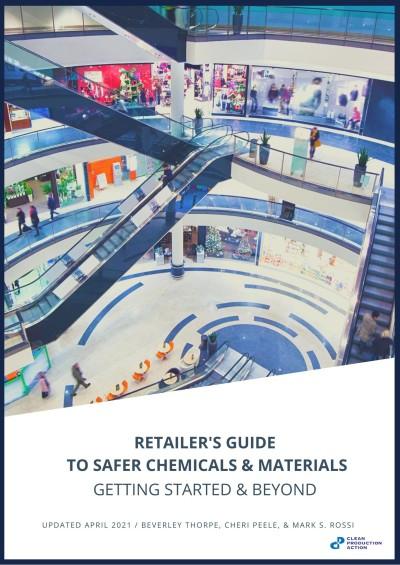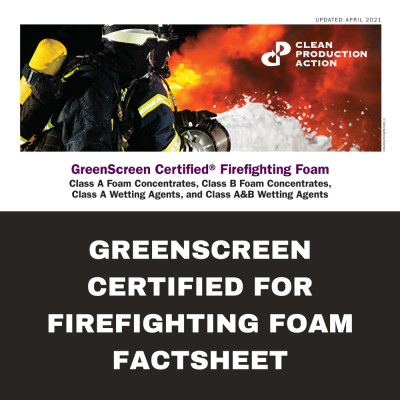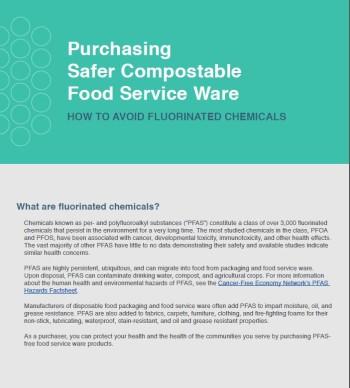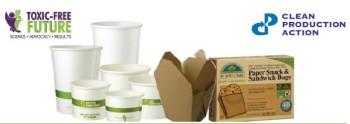Retailers need to move beyond regulatory compliance if they are to meet customer expectations for safer chemicals in products, respond to investor inquiries, and achieve favorable profiles in rankings by advocacy groups. But, "There are thousands of chemicals out there – where and how do we begin?” The Retailer's Guide to Safter Chemicals & Materials answers this question – and more. Content Overview Why Retailers Should Take Action on Chemicals of… …
Did you know we spend over 90% of our time indoors? And that exposure to some hazardous chemicals is actually higher indoors? That is why the chemical ingredients in the products we put into our homes and workplaces is a priority concern. Furniture and fabrics are a case in point. Any use of hazardous chemicals in these products can leak out through volatilization and abrasion into the air and dust in our homes, offices, schools, and hospitals. Studies demonstrate that U.S. household dust… …
The GreenScreen Certified® Standard for Furniture & Fabrics to meet growing demands for certified environmentally preferable products in healthcare and beyond. Products covered by the new GreenScreen Certified Standard include desk systems, seating, accessories, case work, upholstery fabric, window treatments, and wall coverings. …
Learn the different types of chemical ingredient disclosure policies as well as their requirements. Read the report written by the Northeast Waste Management Officials' Association (NEWMOA) Interstate Chemicals Clearinghouse (IC2) and Clean Production Action: Chemical Ingredient Transparency in Products. For details on disclosure requirements in public policies, download the appendix. …
The GreenScreen Certified™ Standard for Firefighting Foam is the first ecolabel for PFAS-free firefighting foam products. The certification prohibits the use of PFAS. PFAS is a class of ‘forever chemicals’ that can persist in the environment for hundreds of years and have contaminated drinking water for millions of people across the planet. In addition to PFAS the certification also prohibits thousands of other hazardous chemicals to help purchasers make better decisions. …
Learn about the resources on our free webinar September 6th at 12 pm ET. Make more informed food service ware purchasing decisions: Fact sheet: Hazards of PFAS Fact sheet: Purchasing Safer Compostable Food Service Ware Table: PFAS-Free Food Service Ware Products Table: Alternative Coatings* What are PFAS? Chemicals known as per- and polyfluoroalkyl substances (“PFAS”) constitute a class of over 3,000 fluorinated chemicals that persist in the environment for a very long time.… …
Nonstick chemicals known as per- and poly-fluorinated alkyl substances (PFAS) are commonly used in disposable food packaging and food service ware as an oil and grease barrier. Concerns about their hazards are creating demand among grocery stores and government, health care, educational and other institutional purchasers for safer alternatives. …
Televisions have historically contained large amounts of flame retardants, which scientists believe has contributed to the presence of toxic flame retardants in the home environment. Makers of televisions don’t have to report what chemicals are in their products, so policymakers, scientists, and the public have been in the dark about what flame retardants are currently used in TVs. We tested 12 television enclosures (the plastic outer portion) for seven types of flame retardants to find… …












